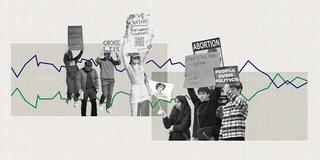
Women & Gender
Explore Gallup's latest insights and discoveries on women's and gender issues.
Latest News on Women & Gender
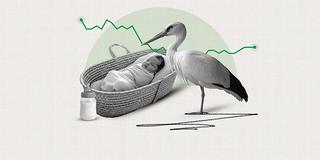
Americans' Ideal Family Size Remains Above Two Children
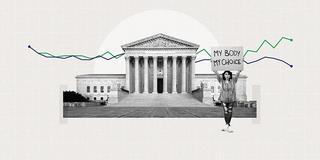
Gender Gaps on Abortion Reach Historic Highs
Tracking Women's Attitudes in Gallup's Trends
Explore how the opinions of women and men differ on presidential job approval, U.S. satisfaction and the economy.
Trends in Women's Political Ideology & Identification
- Political Ideology
The widening of the ideological gaps between men and women over time is the result of women becoming more liberal at a faster rate than men, rather than women and men moving in different ideological directions.
Women of all age groups grew more likely to identify as liberal between 1999 and 2021 before drawing back slightly from that position since then. The steepest increases in liberal identification have occurred among women at opposite ends of the age spectrum.
- Party Identification
While independent party identification has increased among both women and men, women continue to self-identify as more Democratic than Republican, while the opposite is true for men.
Women's Opinions in the World
Explore Gallup's trends and insights pertaining to the experiences of women across the globe.
Findings on Women's & Gender Issues Throughout History
Gallup has polled Americans on women's issues since the 1930s, including on key turning points in U.S. Women's history.
1936
1936
Women Working in Business or Industry
Reporting on a 1969 update of Americans' views about women in the workplace, George Gallup commented, "Rarely has the Gallup poll shown such a remarkable change in viewpoint." The change in question was a shift from 72% of Americans in 1936 saying they disapproved of a married woman working in business or industry "if she has a husband capable of supporting her" to 55% approving in 1969.
View related content about Women Working in Business or Industry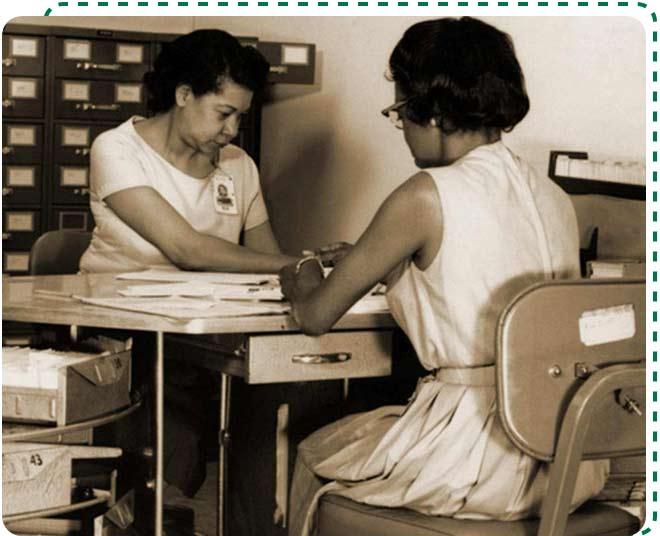
1947
1947
Women Wearing Slacks in Public
In December 1947, two decades after women gained the right to vote but well before the 1963 Equal Pay Act became law, a gender barrier fell in Camden, New York. In this small upstate town, a group of high school girls broke a long-standing cultural norm -- and district policy -- by wearing slacks to school, setting off both a political ruckus and a Gallup poll.
Americans' verdict? While nearly two-thirds of U.S. adults (65%) at that time thought it was fine for women to wear slacks at home, only 32% approved of women wearing slacks in public. Forty-four percent disapproved, while the rest didn't have strong opinions on the matter.
View related content about Women Wearing Slacks in Public1952
1952
Women in Leadership
In 1952, the American public had mixed views about whether having more women in high governmental positions would be better for the country. Only 39% of U.S. adults agreed that the country would be better governed if more women served in Congress and other important government positions, while 46% disagreed. At the same time, a solid majority -- 56% -- agreed that more female leaders would result in less "graft and corruption."
View related content about Women in Leadership39% of U.S. adults agreed that the country would be better governed if more women served in Congress and other important government positions, while 46% disagreed
56% a solid majority agreed that more female leaders would result in less "graft and corruption."
1962
1962
Public Supported Therapeutic Abortion
In 1962, when a pregnant Arizona woman discovered that a sleeping pill she had been taking contained thalidomide, a drug known to cause birth defects, she tried unsuccessfully to obtain a legal abortion in the U.S. Ultimately, she chose to travel to Sweden, where she had an abortion.
An August 1962 poll -- the first poll dealing with abortion in Gallup's history -- showed that the woman's decision was supported by 52% of Americans saying it was the right thing to do, while 32% thought it was the wrong decision. Men's and women's views did not differ much , but men were slightly more likely than women to say she did the right thing (54% vs. 50%, respectively).

This case is often cited as one of the key moments in the evolution of public perceptions toward abortion that led to the 1973 Roe v. Wade Supreme Court ruling establishing a woman's legal right to abortion in the U.S.
View related content about Women Working in Business or Industry1981
1981
First Woman on the Supreme Court
On July 7, 1981, President Ronald Reagan announced his nomination of Sandra Day O'Connor for the position of U.S. Supreme Court justice -- a landmark for women. A Gallup poll conducted 10 days later found 86% of Americans saying they approved of a woman serving on the high court.
View related content about First Woman on the Supreme Court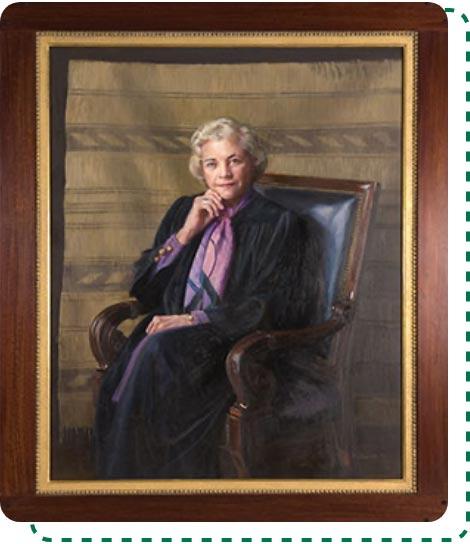
2023
2023
Women More Stressed Than Men
In 2023, 53% of U.S. women reported frequently experiencing stress, compared with 45% of men.
Younger women were the most likely of the four major gender-by-age groups to say they frequently experience stress, exceeding men their age by 14 percentage points. They were also 29 points more likely than women aged 50 and older to report frequent stress.
Survey Research on Women's & Gender Issues
Partner with Gallup to elevate women's voices around the world.

We want to help you tell your story. Browse our press kit and other media resources or submit a media inquiry.
Looking to do this kind of work? Speak with our experts about survey research opportunities.
Gallup's weekly newsletter highlights our perspectives on the most important issues facing leaders and those who advise them.
